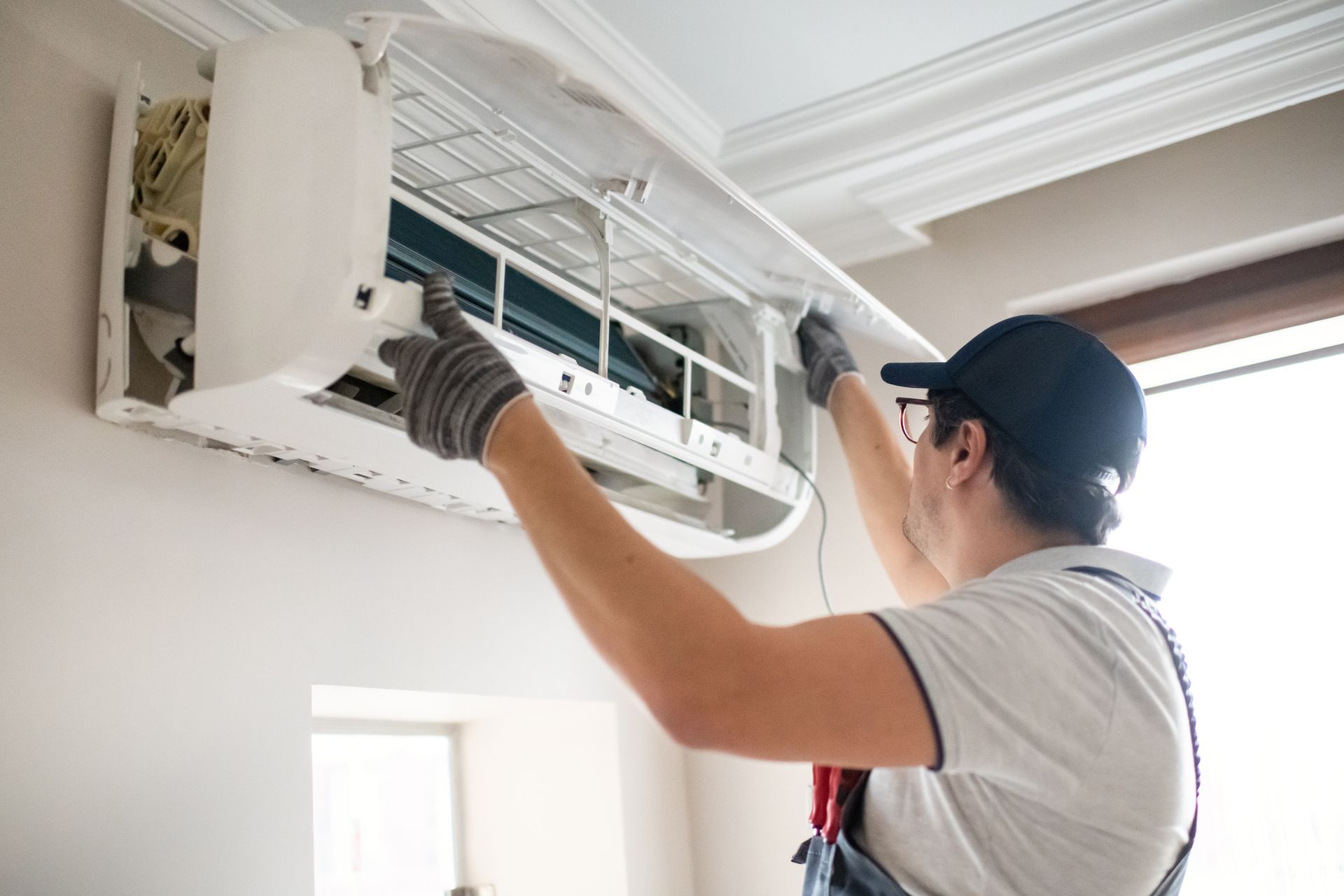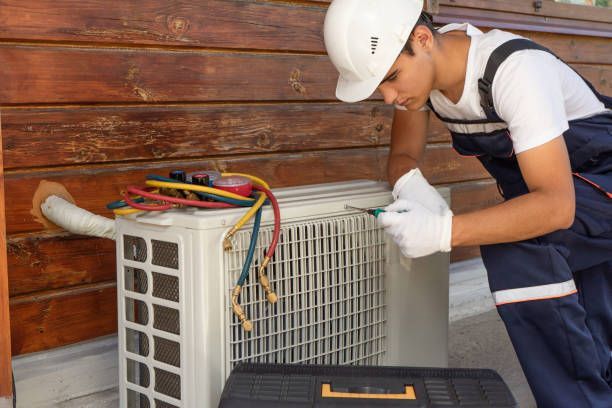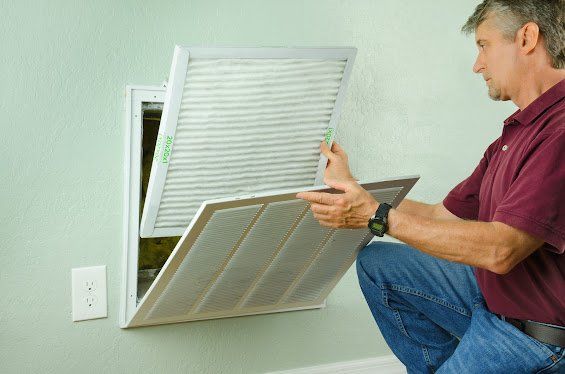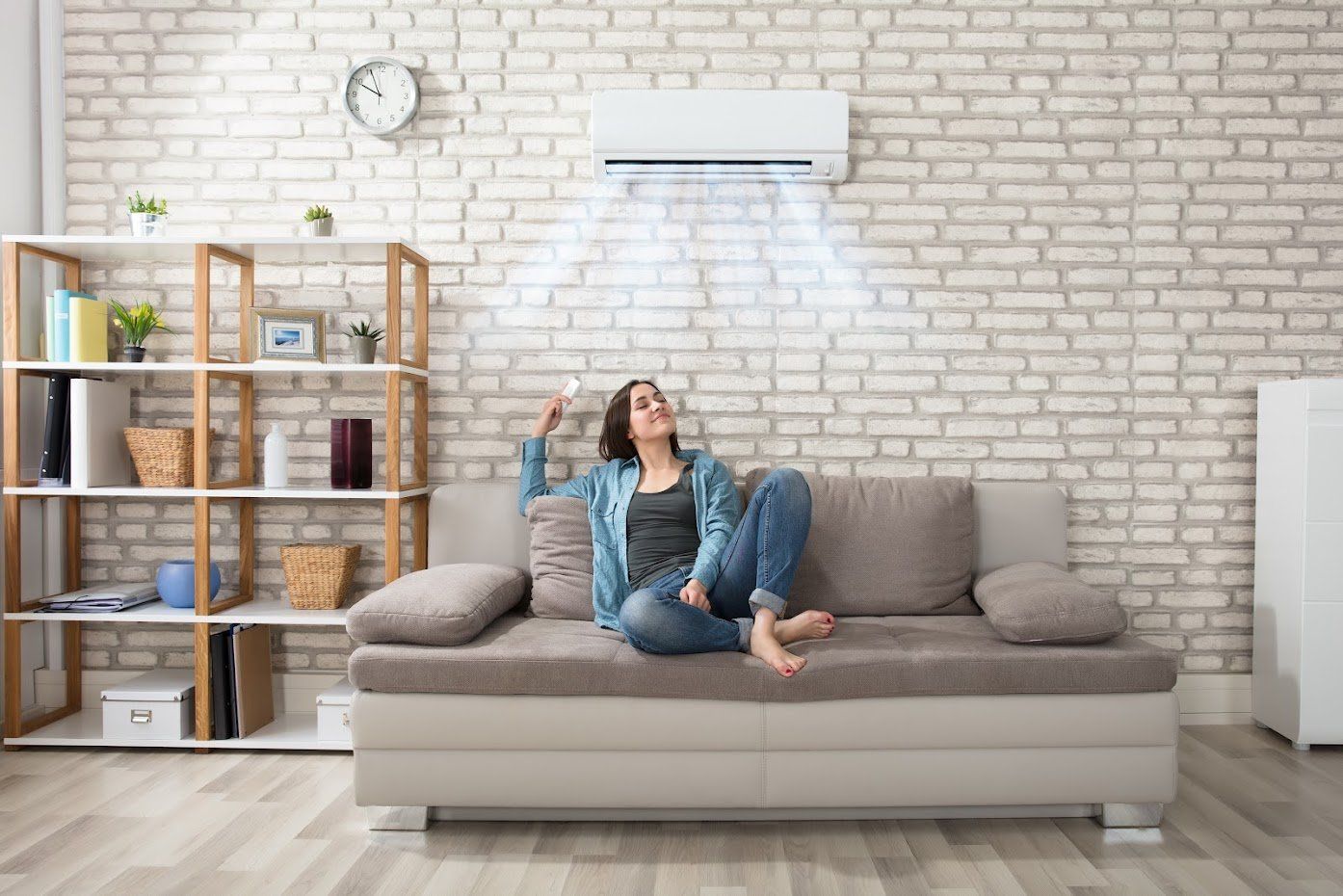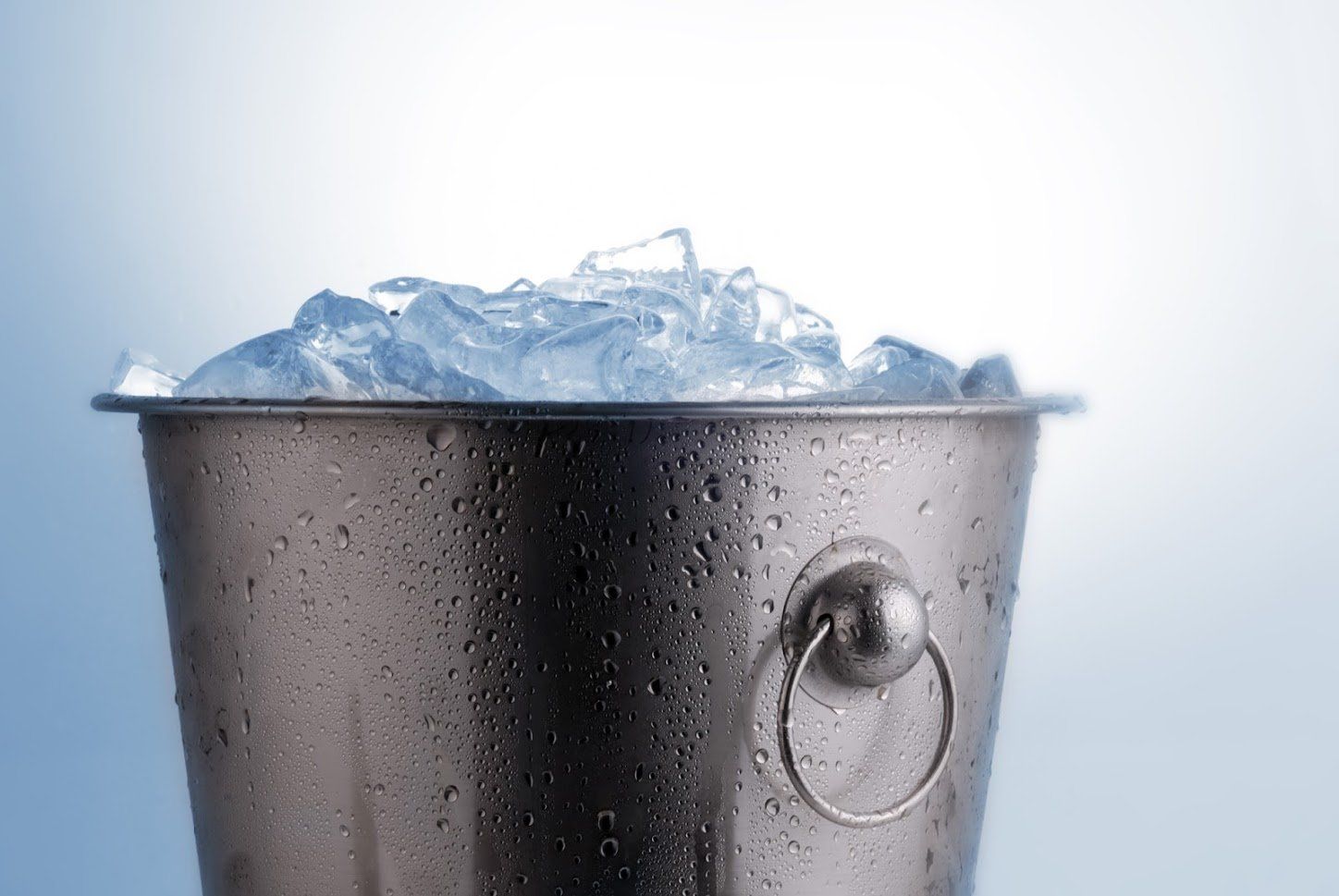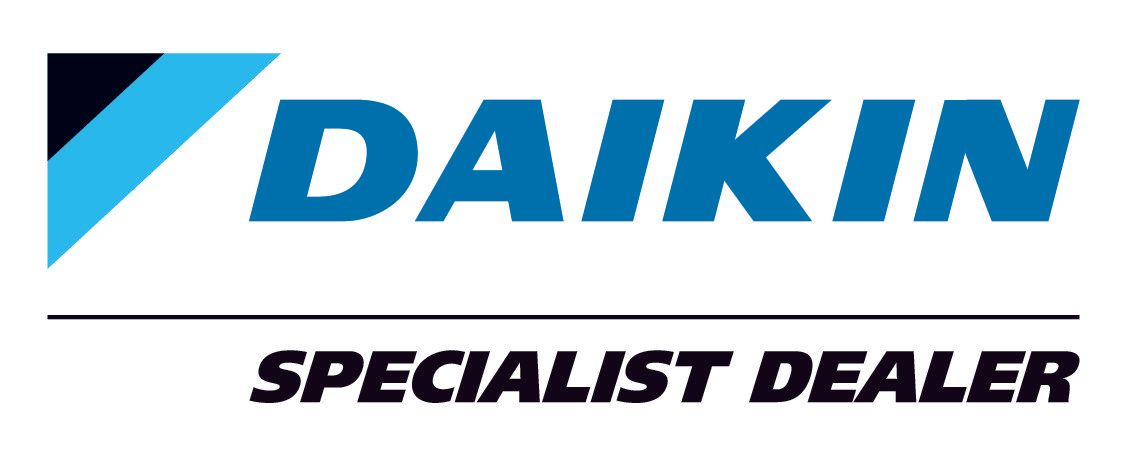Tips for Cooling a Warehouse
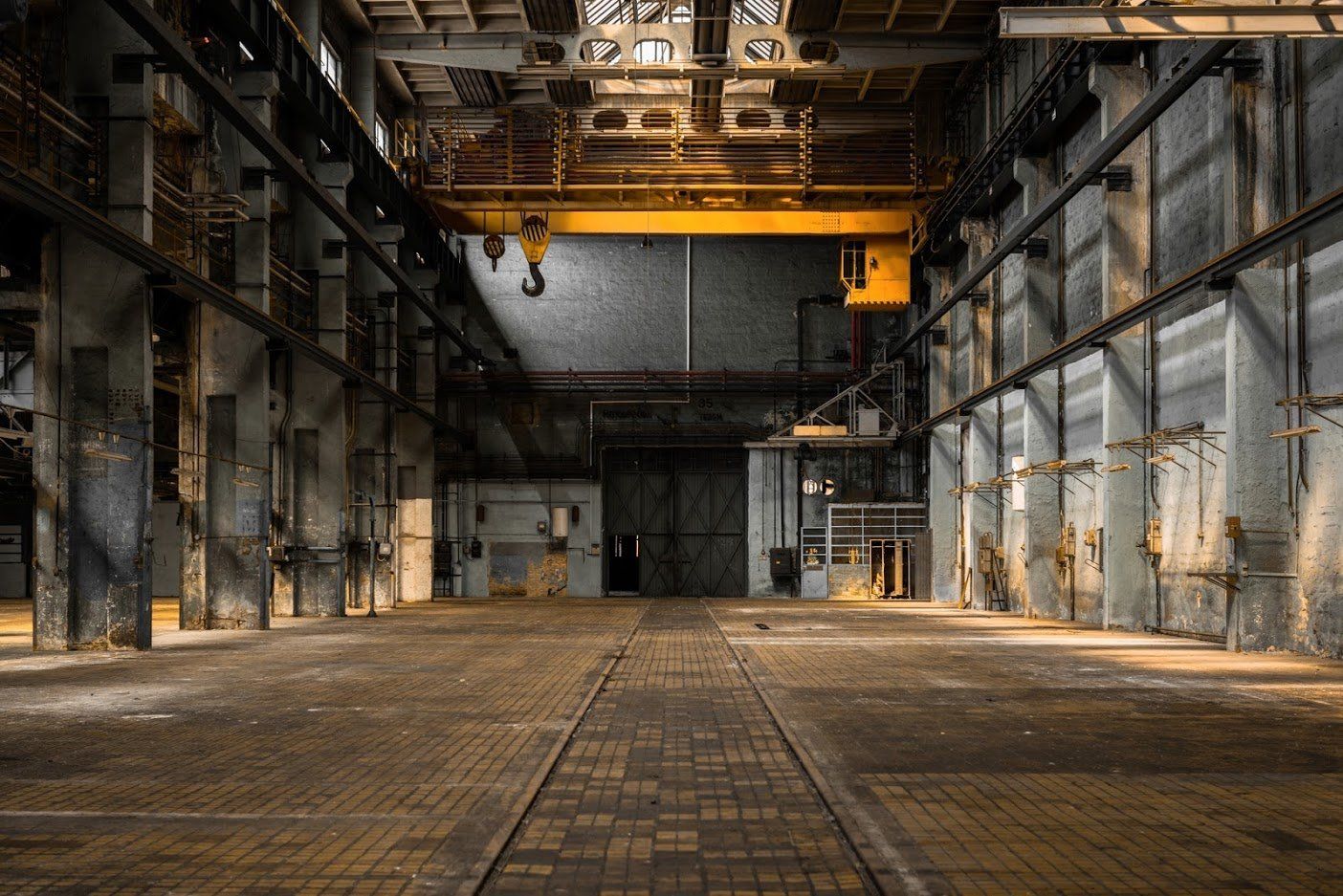
A typical warehouse is a large building with an unconventional shape and a high ceiling. Such buildings are difficult and expensive to cool. Fortunately, the following tips can help you enjoy energy-efficient cooling in your warehouse.
Install the Right AC
If you don't have an AC yet, talk to a contractor to help you choose and install the right one for your warehouse. Here are some of the options.
Multiple ACs
Multiple ACs work since each AC cools a specific area of the warehouse. The downside is that you might end up with multiple indoor or outdoor units, which might occupy valuable space.
Portable ACs
Portable ACs can work if you don't have workers in the warehouse all the time and you don't need to cool your inventory. Your workers will use the portable ACs to cool the occupied areas.
Industrial AC
An industrial AC is the best cooling system for a large warehouse. An industrial AC works like a conventional split AC but on a much larger scale. The cost might be relatively high, but the system is often worth the cost.
Rooftop ACs
Rooftop ACs stay out of the way and free up the ground for other uses. They are best if you have limited space.
Use Ceiling Fans
An AC requires efficient air circulation. The AC fan alone might not be able to move the large volume of air in a warehouse, and without adequate air circulation, your warehouse might experience cold and hot spots. Install ceiling fans to help with the air circulation.
Install a Dehumidifier
With high humidity, your workers might feel hotter than the temperature indicated on the AC thermostat. High humidity causes discomfort because the moisture clings on the skin. The AC will remove some of the moisture, but too much moisture might overwhelm it.
Minimise moisture in the warehouse by cleaning spills as soon as they occur. Install a dehumidifier to assist the AC and extract some of the moisture.
Using a Zoning System
The large volume of air in a warehouse can trigger expensive cooling costs. However, the AC doesn't have to run at full blast all the time. Install a zoning system for the AC so that you can independently cool different sections of the warehouse.
A zoning system uses individual thermostats for each section or zone of the building. You control the thermostats independently to minimise energy usage. For example, you can leave the AC off in unoccupied sections of the warehouse.
Minimise Heat Sources
The more heat you generate in the warehouse, the more your cooling system has to work to keep temperatures low. Take these measures to minimize heat generation:
- Switch off machines or equipment not in use
- Turn off lights when not in use
- Ensure electric motors run efficiently to minimise heat generation
Educate your workers on the significance of minimising heat generation so that it becomes a part of your company culture.
Close Openings Not in Use
A typical warehouse has multiple openings. A warehouse can have a side door, a delivery door, and the main door, among other openings. These openings tend to be large and let out a lot of cool air — they also allow heat to get in from outside the building.
Close entryways not in use to minimise energy loss and encourage efficient cooling. For example, you don't have to open delivery doors if you don't expect any delivery.
Most of the above tips can apply to any large commercial space. Ideally, you should consult a cooling contractor with experience in cooling large buildings. Cool Air Conditioning has the skills, experience, and resources to help you cool your commercial space. Contact us so that we can evaluate your cooling needs and offer you the best solutions possible.
